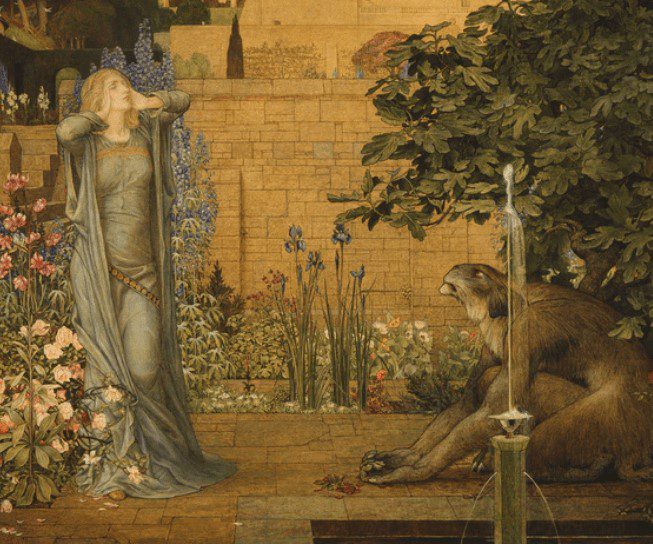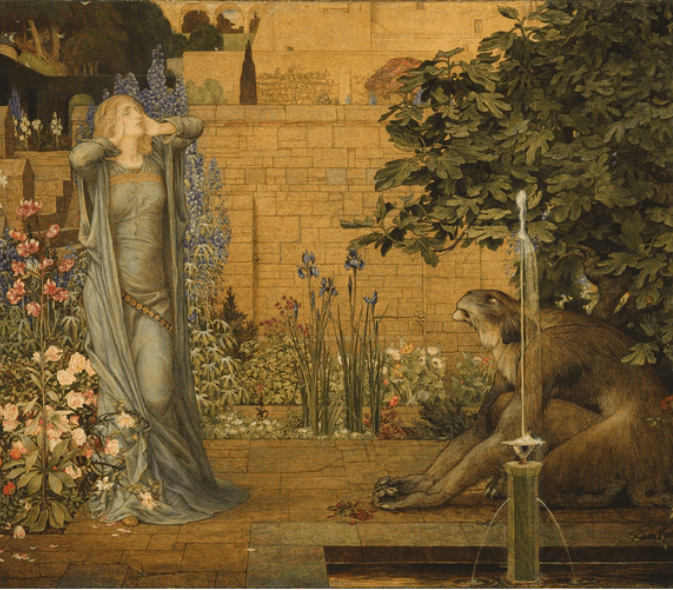Olá! Esta aula de Língua Inglesa é destinada aos educandos da 7ª Série da Eaja.
Na aula de hoje, discutiremos os elementos básicos do texto narrativo: tipos de narrador, personagem, espaço e tempo através do gênero textual fábula. Também discorreremos sobre o mesmo, evidenciando um escritor e suas características.
Assista à videoaula abaixo coma a temática: Gêneros Textuais Narrativos – A Fábula.
Na videoaula acima, vimos que o texto narrativo possui algumas características essenciais, como: os personagens são os seres que movimentam o enredo, que o enredo é constituído pela trama e pelos acontecimentos que levam ao desfecho da narrativa, que esta é constituída pelo espaço, lugar onde o enredo se desenrola e pelo tempo, período no qual o enredo acontece. Alguns desses elementos podem ser indeterminados. Vimos que existem alguns tipos básicos de narrador e suas características e estudamos o gênero textual narrativo Fábula. A fábula é uma narrativa ficcional, geralmente curta, com animais sempre como personagens. Estes animais possuem características humanas e o enredo no qual são envolvidos sempre revela uma reflexão moral no seu desfecho.
ATIVIDADE 1
Leia a fábula abaixo usando as estratégias de leitura que estudamos, e consultando as ferramentas de tradução quando necessário.
The Town Mouse & the Country Mouse
A Town Mouse once visited a relative who lived in the country. For lunch, the Country Mouse served wheat stalks, roots, and acorns, with a dash of cold water for drink. The Town Mouse ate very sparingly, nibbling a little of this and a little of that, and by her manner making it very plain that she ate the simple food only to be polite.
After the meal the friends had a long talk, or rather the Town Mouse talked about her life in the city while the Country Mouse listened. They then went to bed in a cozy nest in the hedgerow and slept in quiet and comfort until morning. In her sleep the Country Mouse dreamed she was a Town Mouse with all the luxuries and delights of city life that her friend had described for her. So the next day when the Town Mouse asked the Country Mouse to go home with her to the city, she gladly said yes.
When they reached the mansion in which the Town Mouse lived, they found on the table in the dining room the leavings of a very fine banquet. There were sweetmeats and jellies, pastries, delicious cheeses, indeed, the most tempting foods that a Mouse can imagine. But just as the Country Mouse was about to nibble a dainty bit of pastry, she heard a Cat meow loudly and scratch at the door. In great fear the Mice scurried to a hiding place, where they lay quite still for a long time, hardly daring to breathe. When at last they ventured back to the feast, the door opened suddenly and in came the servants to clear the table, followed by the House Dog.
The Country Mouse stopped in the Town Mouse’s den only long enough to pick up her carpet bag and umbrella.
“You may have luxuries and dainties that I have not,” she said as she hurried away, “but I prefer my plain food and simple life in the country with the peace and security that go with it.”
LESSON:
Poverty with security is better than plenty in the midst of fear and uncertainty.
01) Responda às questões abaixo:
a) Quais são os personagens da fábula?
b) Onde a fábula ocorre?
c) Quando a fábula ocorre?
d) O que o rato do campo serviu ao rato da cidade?
e) O que os dois amigos fizeram depois da refeição?
f) O que o rato do campo sonhou?
g) Que convite fez o rato da cidade ao rato do campo?
h) O que acharam na mesa de refeição da mansão que o rato da cidade vivia?
i) O que aconteceu quando o rato do campo quis pegar algo para comer?
j) O que aconteceu quando os dois ratos tentaram voltar ao banquete?
k) Qual a moral da fábula?
ATIVIDADE 2
Quem foi Esopo? Faça uma pesquisa completa sobre o autor e escreva-a no seu caderno.
ATIVIDADE 3
Relembre os elementos da fábula revendo os vídeos e faça a sua própria fábula, com animais falantes como personagens, e uma lição de moral no final, assim como Esopo fazia as dele! Crie sua fábula primeiro em Português e com a ajuda do Google tradutor e/ou do dicionário, passe-a para o Inglês!
Objetivos de Aprendizagem e Desenvolvimento:
(EAJALI0707) Compreender as particularidades de textos narrativos curtos (contos, fábulas, anedotas, relatos pessoais, história em quadrinhos, tirinhas, entre outros)
(EAJALI0708) Desenvolver estratégias de leitura e compreensão dos textos narrativos.
(EAJALI0709) Compreender a linguagem verbal e a linguagem não verbal e sua aplicabilidade nos textos.


